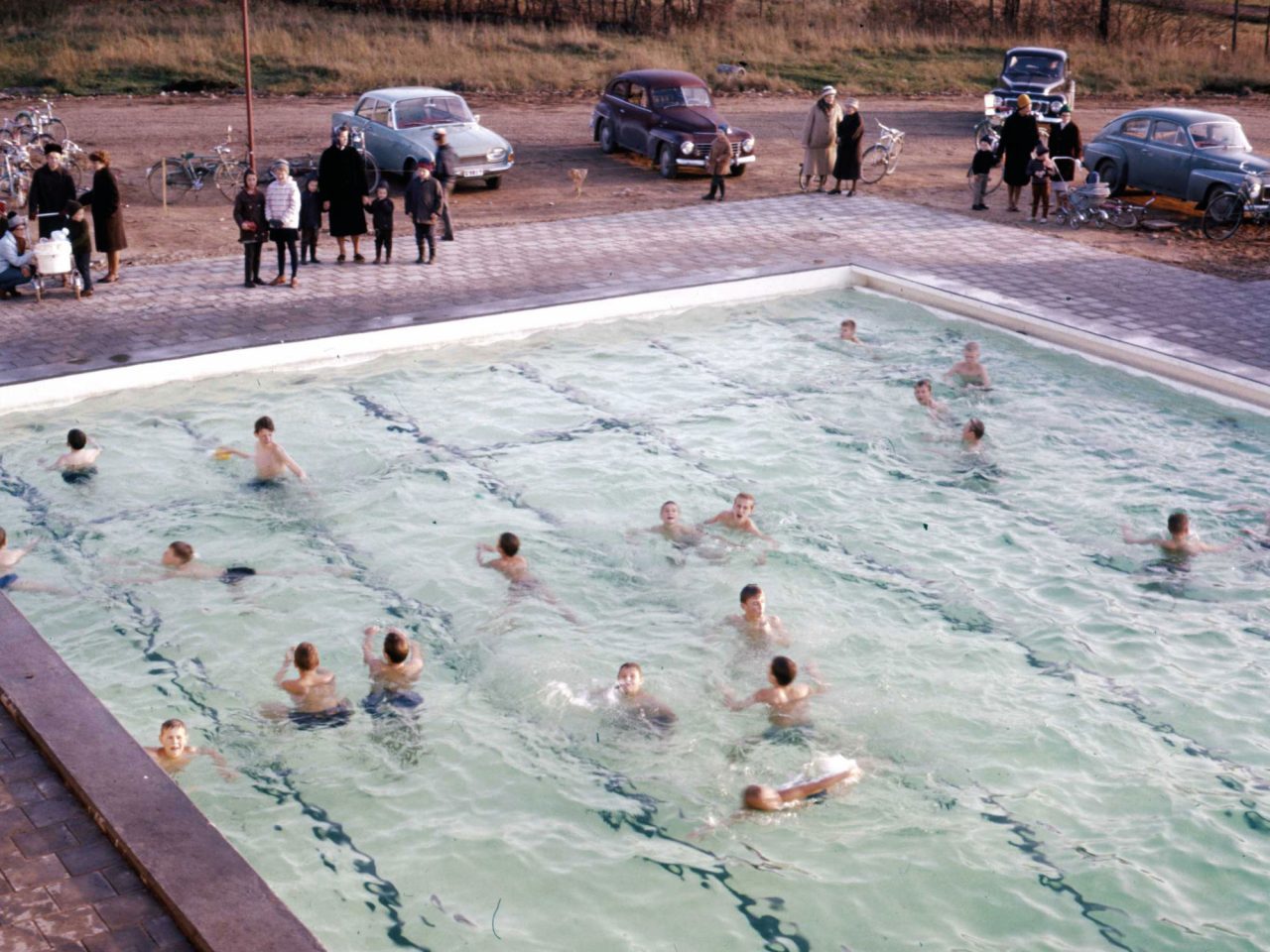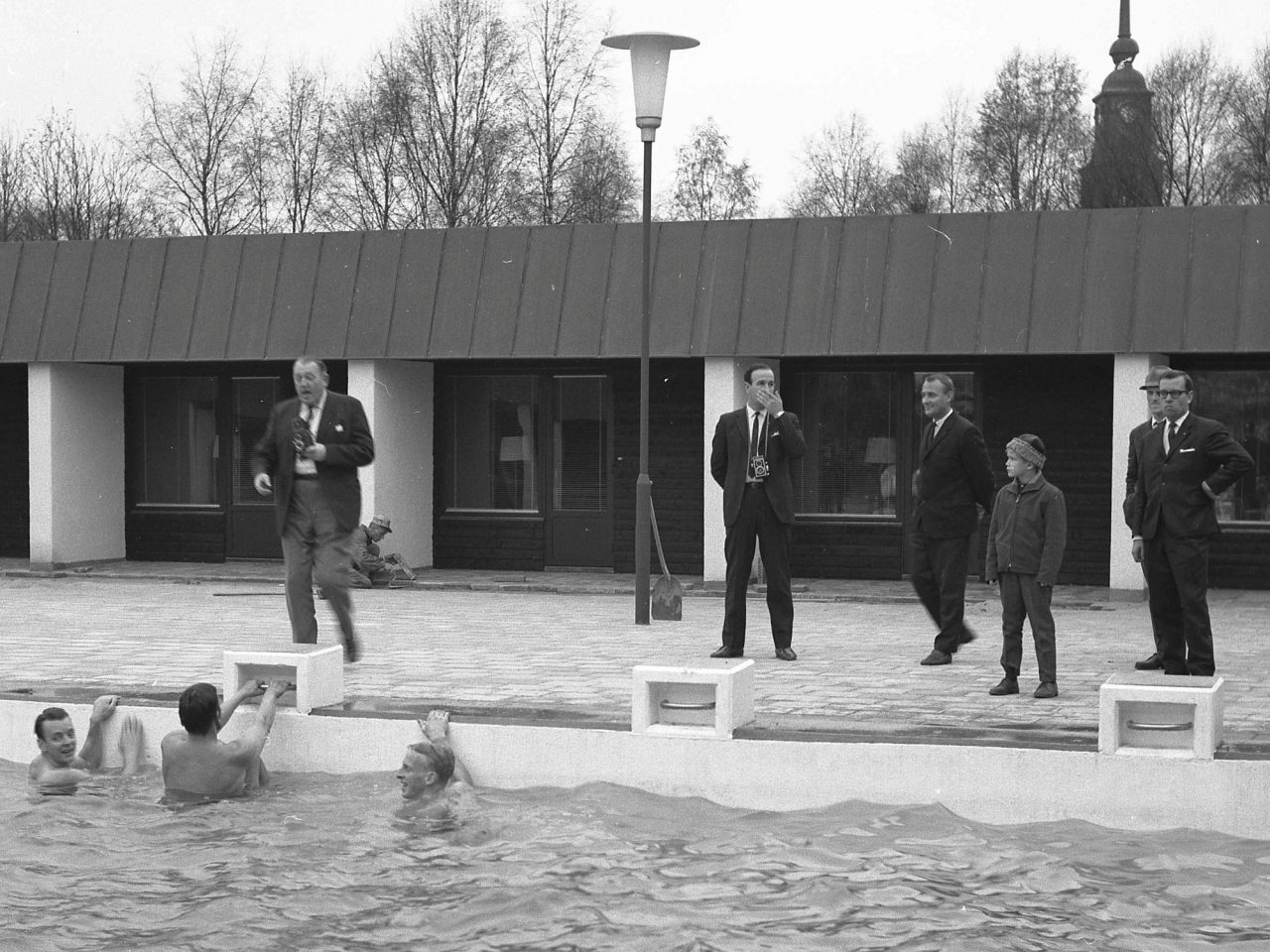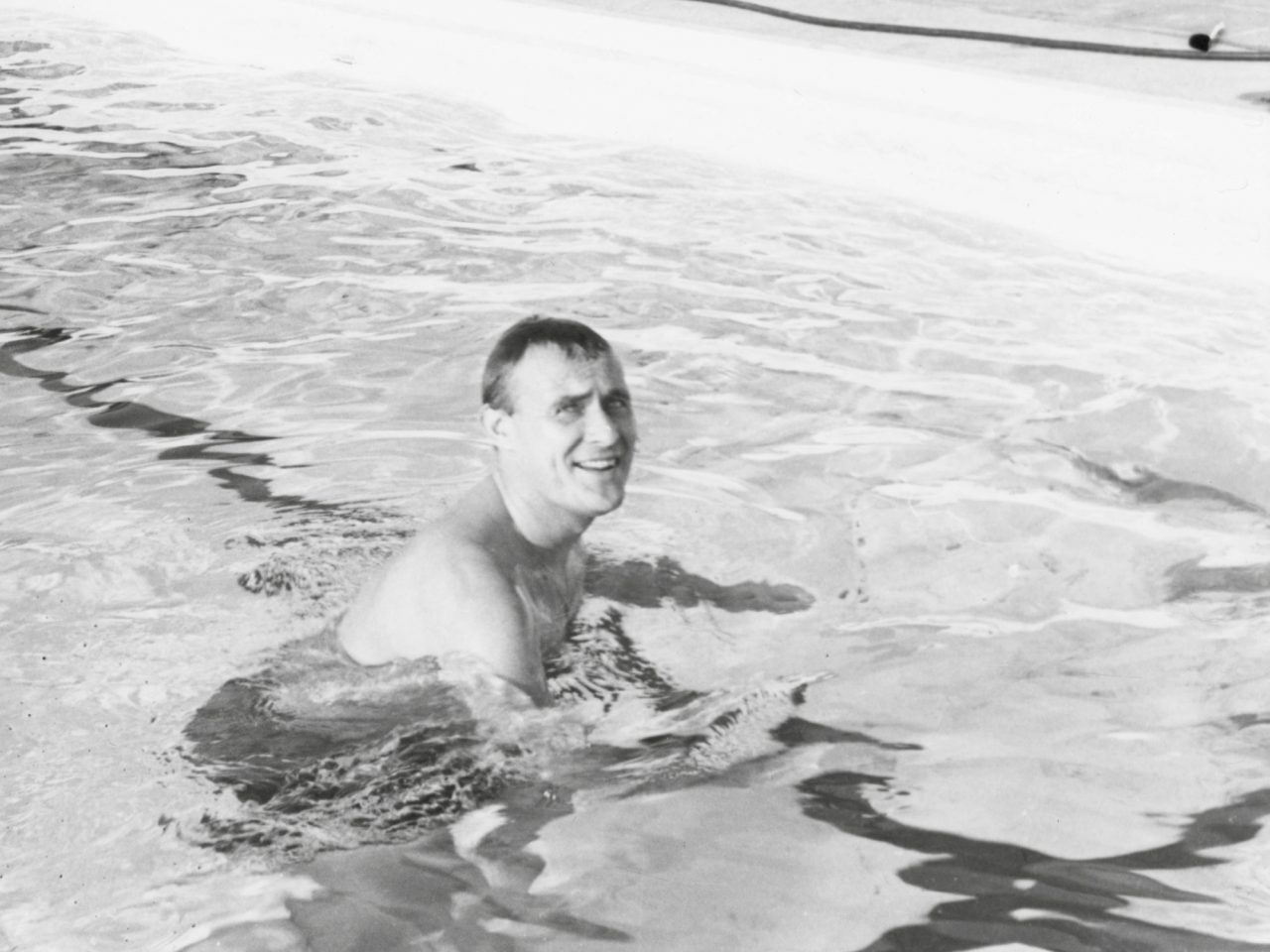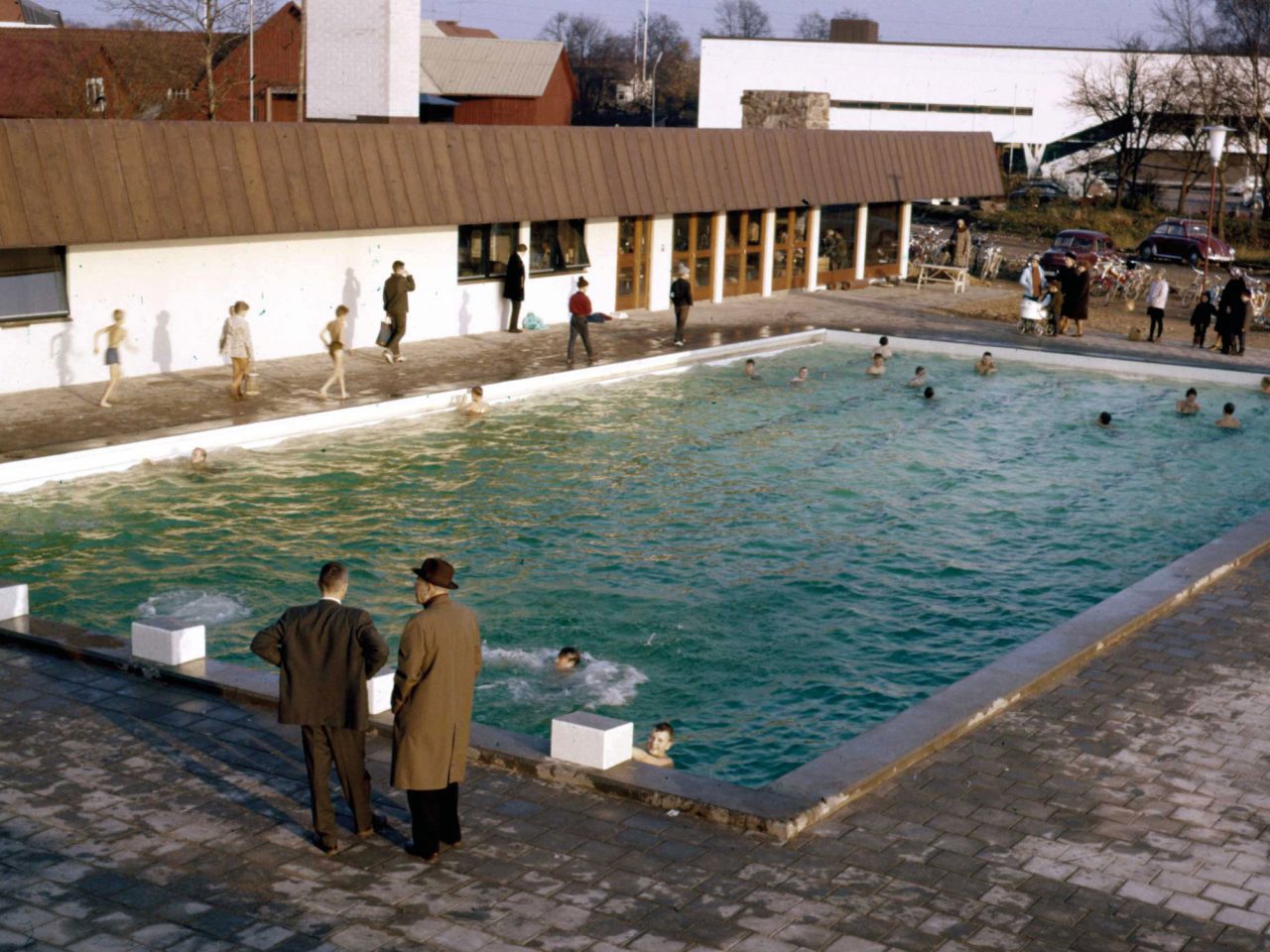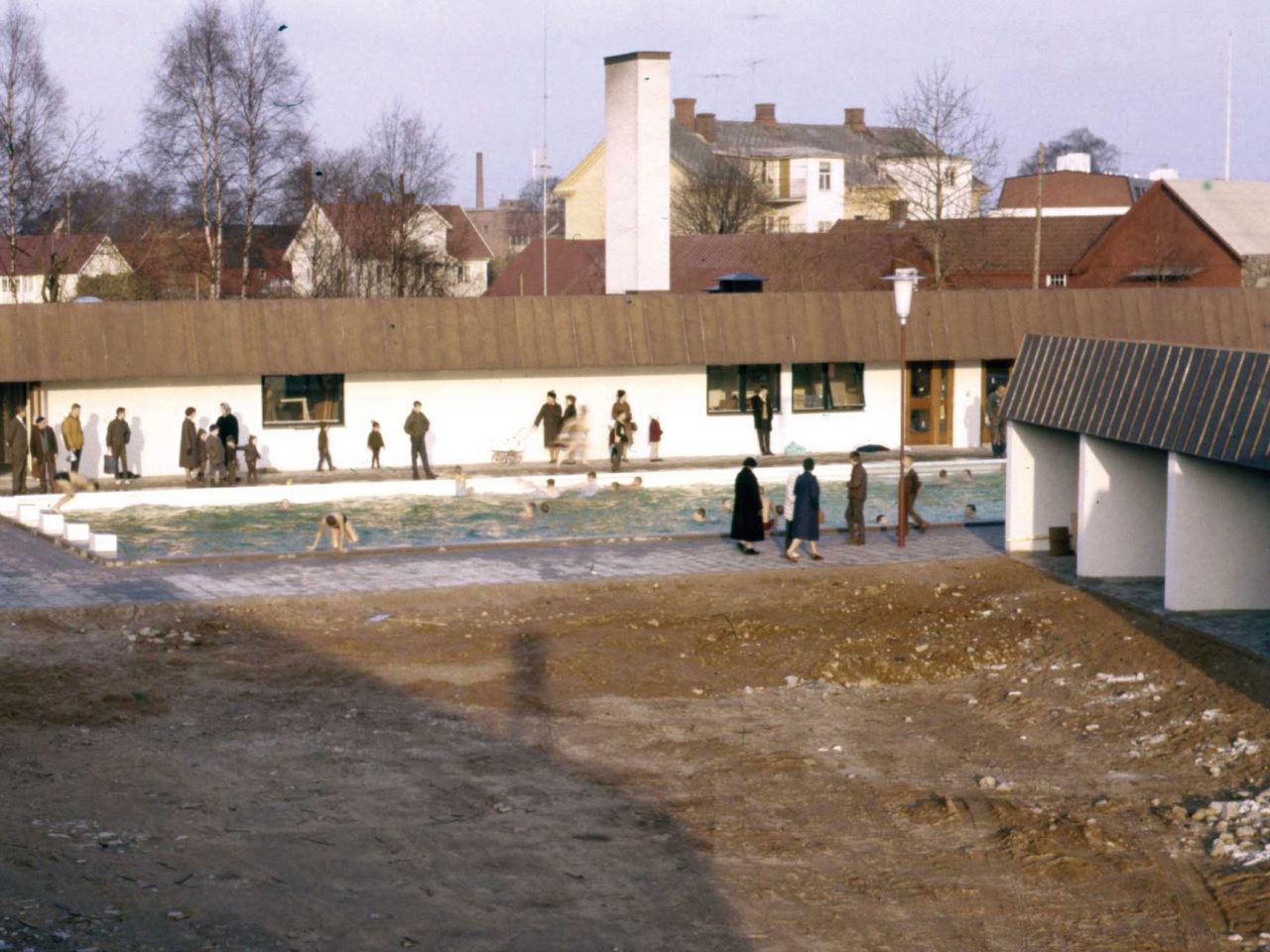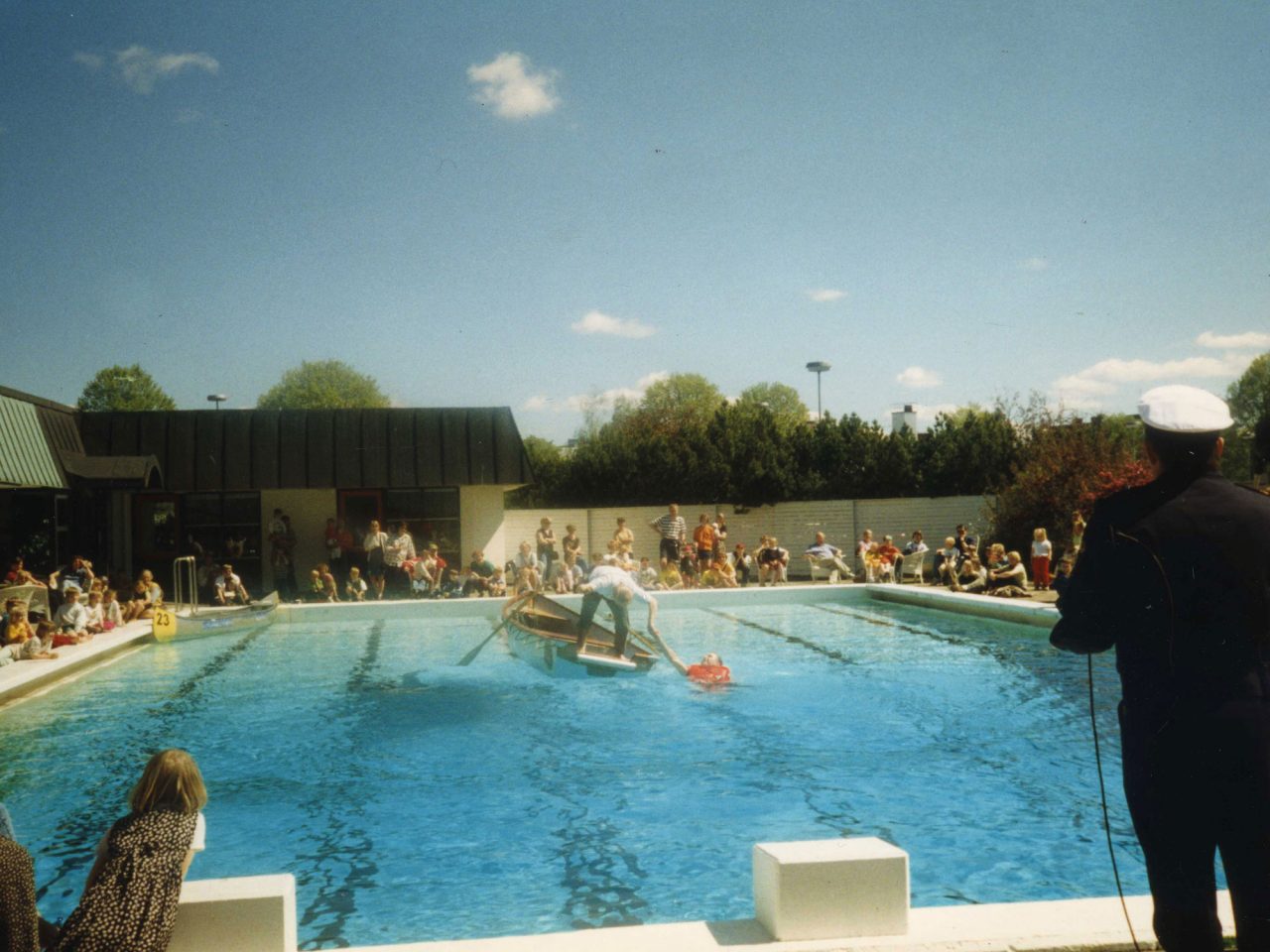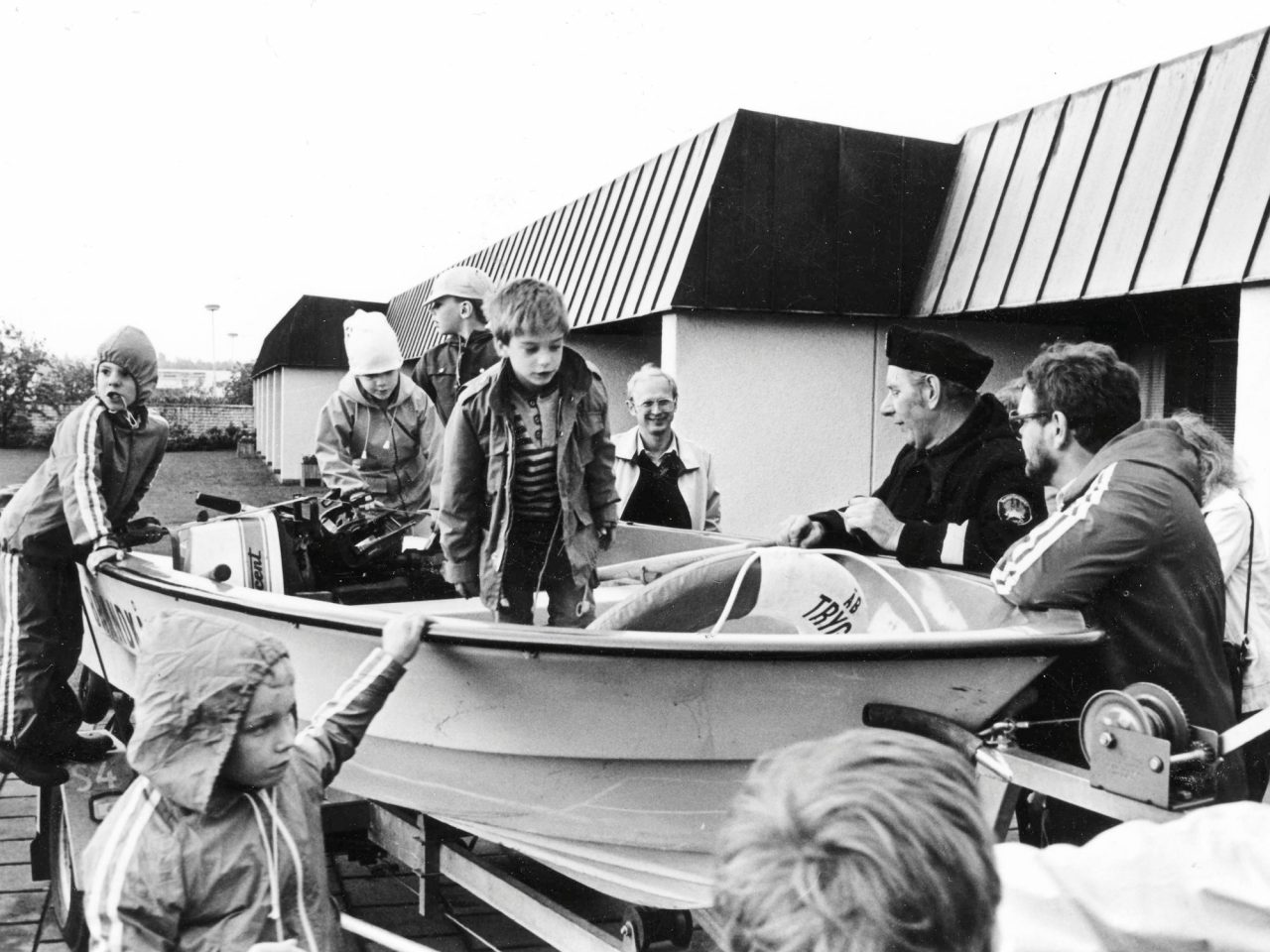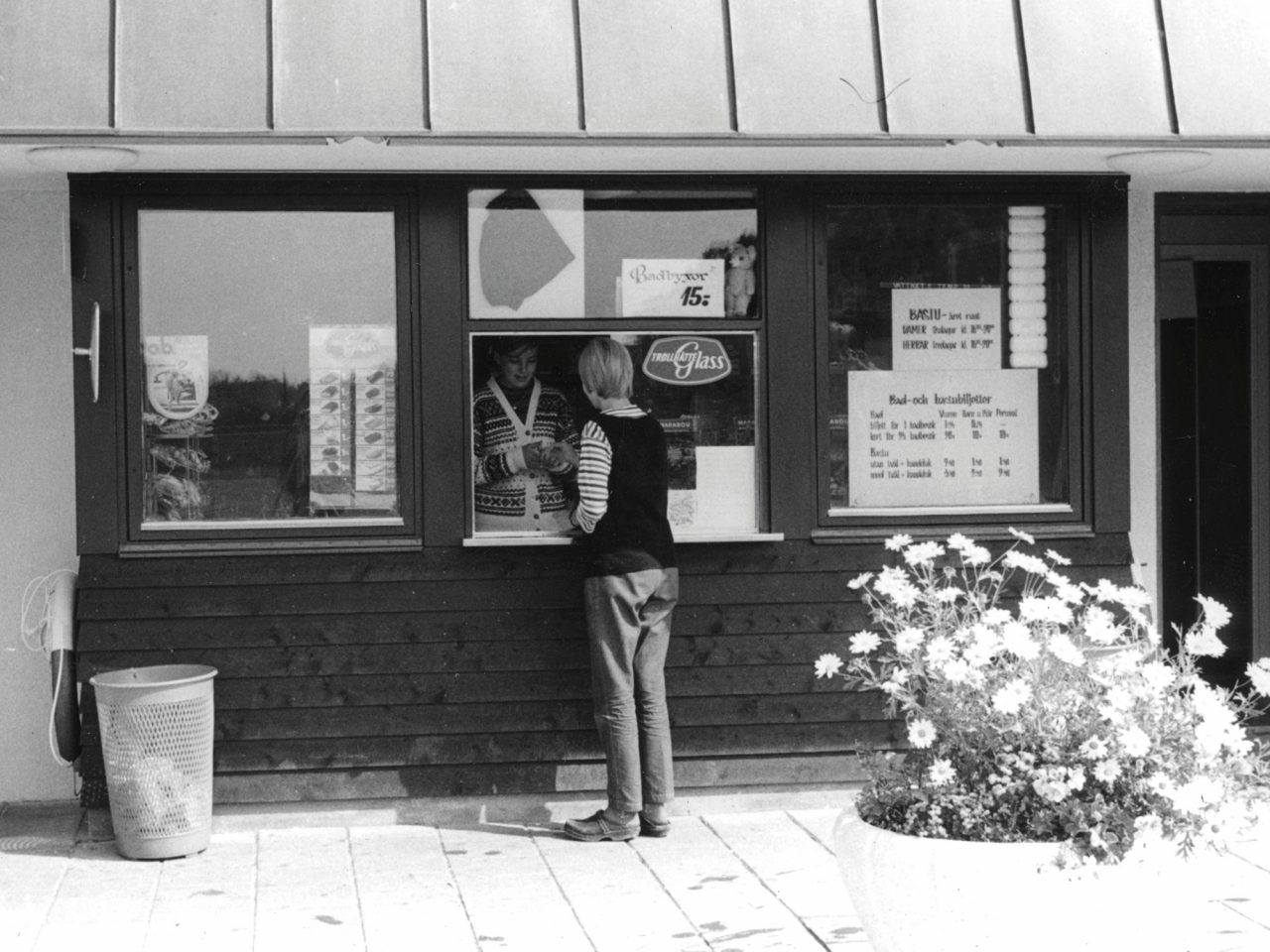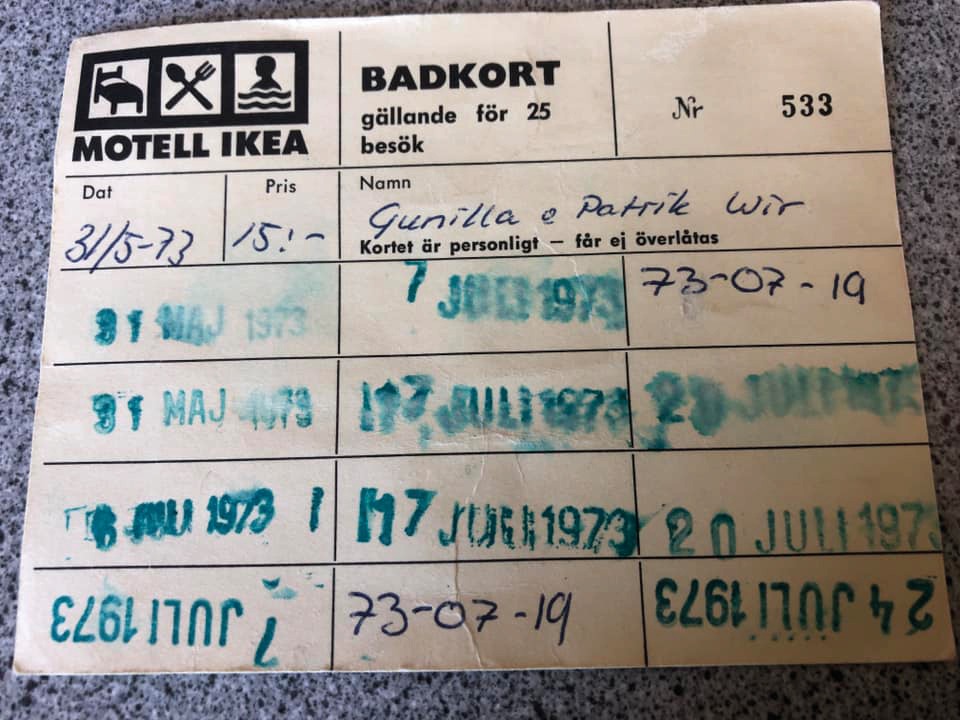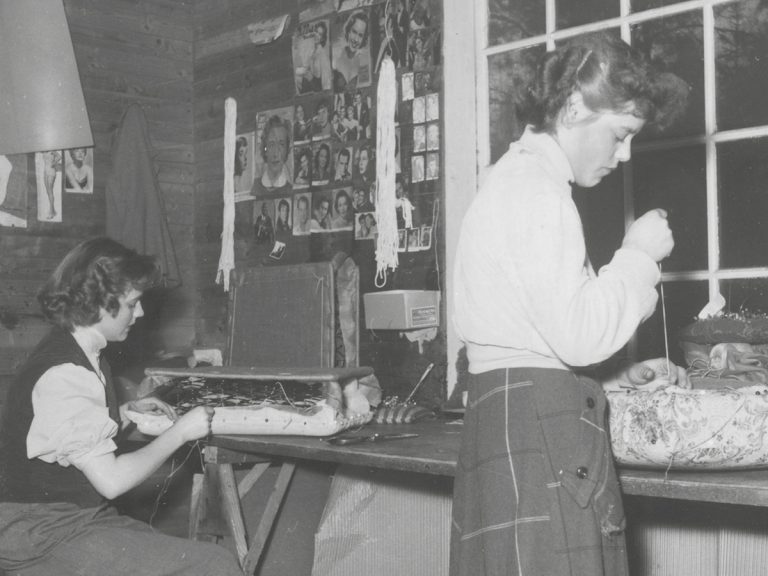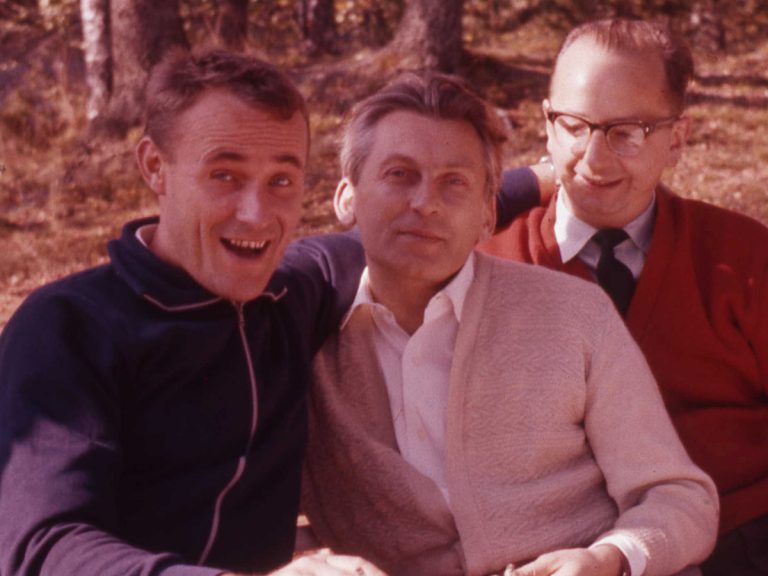Ingvar Kamprad probably found his inspiration for an IKEA motel on a trip to the US in 1961. He wanted to find out how the Americans dealt with trade and distribution, so for a few weeks he visited mail order companies, retailers and warehouses in Los Angeles, Chicago, Las Vegas and elsewhere. He spent a lot of nights at the modern motels, which were enjoying their golden age in the States. The extension of highways like Route 66 had created a demand for basic accommodation for motorists. Ingvar’s own photos from his US trip include some neon motel signs and kidney-shaped swimming pools surrounded by colourful parasols and sun loungers. Perhaps he was by a pool just like this after a long day when he got the idea for an IKEA motel in Älmhult.
Make yourself at home
Motell IKEA.
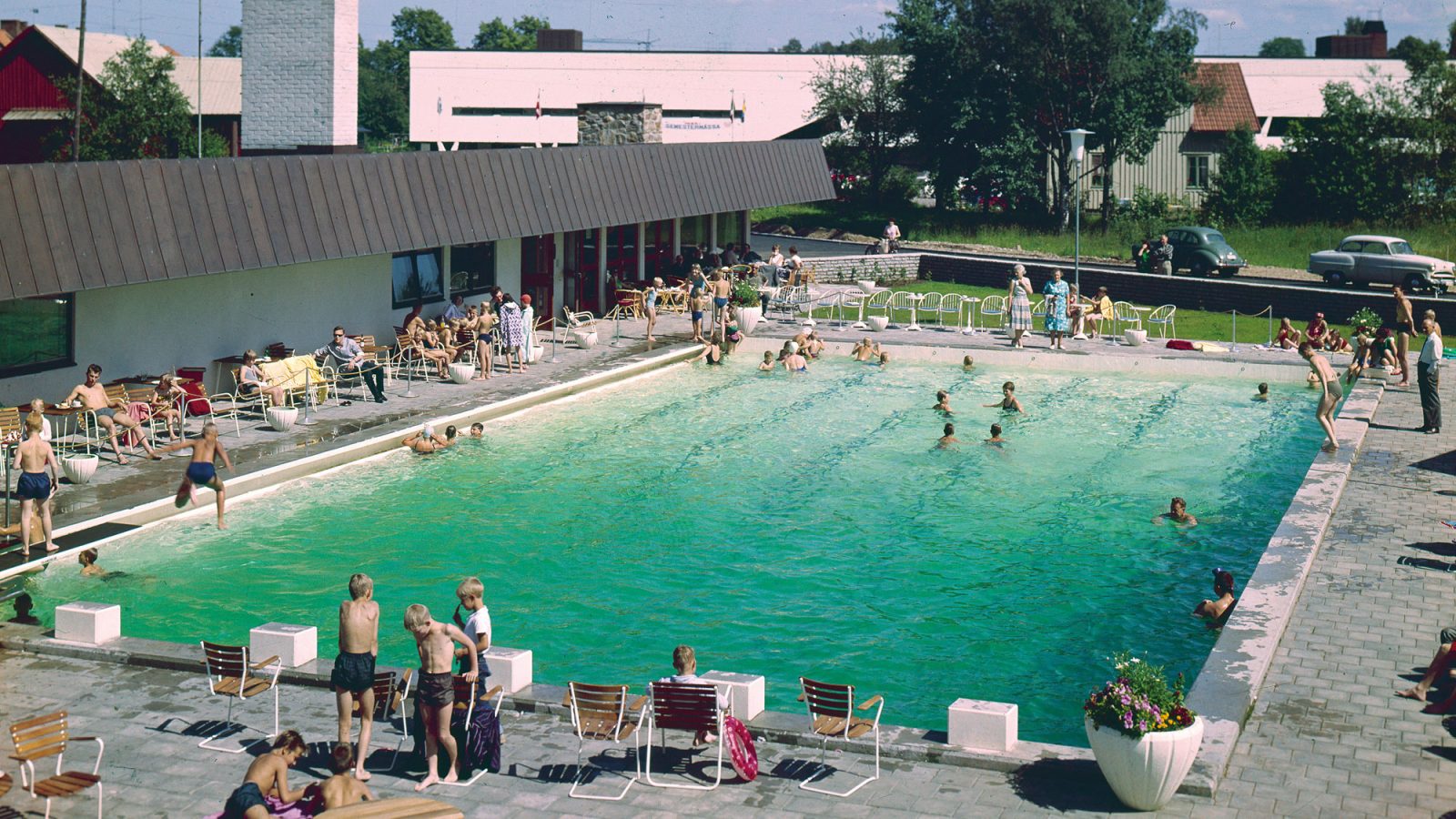

When IKEA opened a new showroom in the small Swedish village of Älmhult in 1958, more and more visitors started arriving by car and train, attracted by offers in the IKEA catalogue. Long-distance travellers had to stay overnight, and IKEA was often asked about local hotels and rooms to rent. IKEA founder Ingvar Kamprad soon saw a business opportunity and started thinking about his own solution.

Motel Swedish style
In 1962, town architect Claes Knutson of Alvesta was asked to design Älmhult’s first motel. Just a few years earlier, he had designed the large exhibition hall for IKEA in Älmhult, which later became the first IKEA store. The motel, with a restaurant and pool, was designed with 25 rooms in one-storey rows like terraced houses, and guests could park right outside the door, just like in America. Each room would be furnished with IKEA products in light oak with a shower and WC, as well as a terrace with pool view. The walls were clad in jute and the floors were given sound-insulating carpeting.
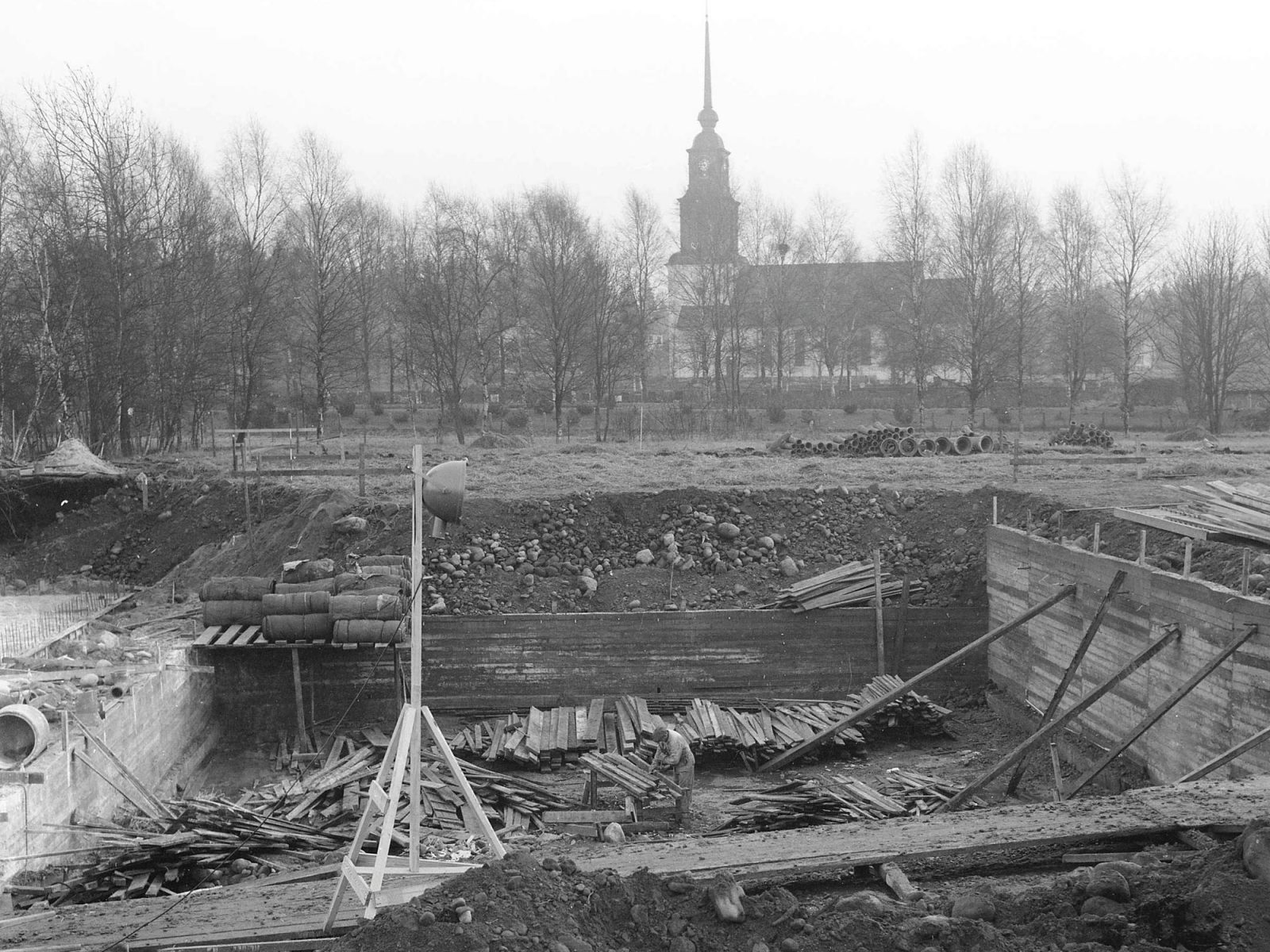
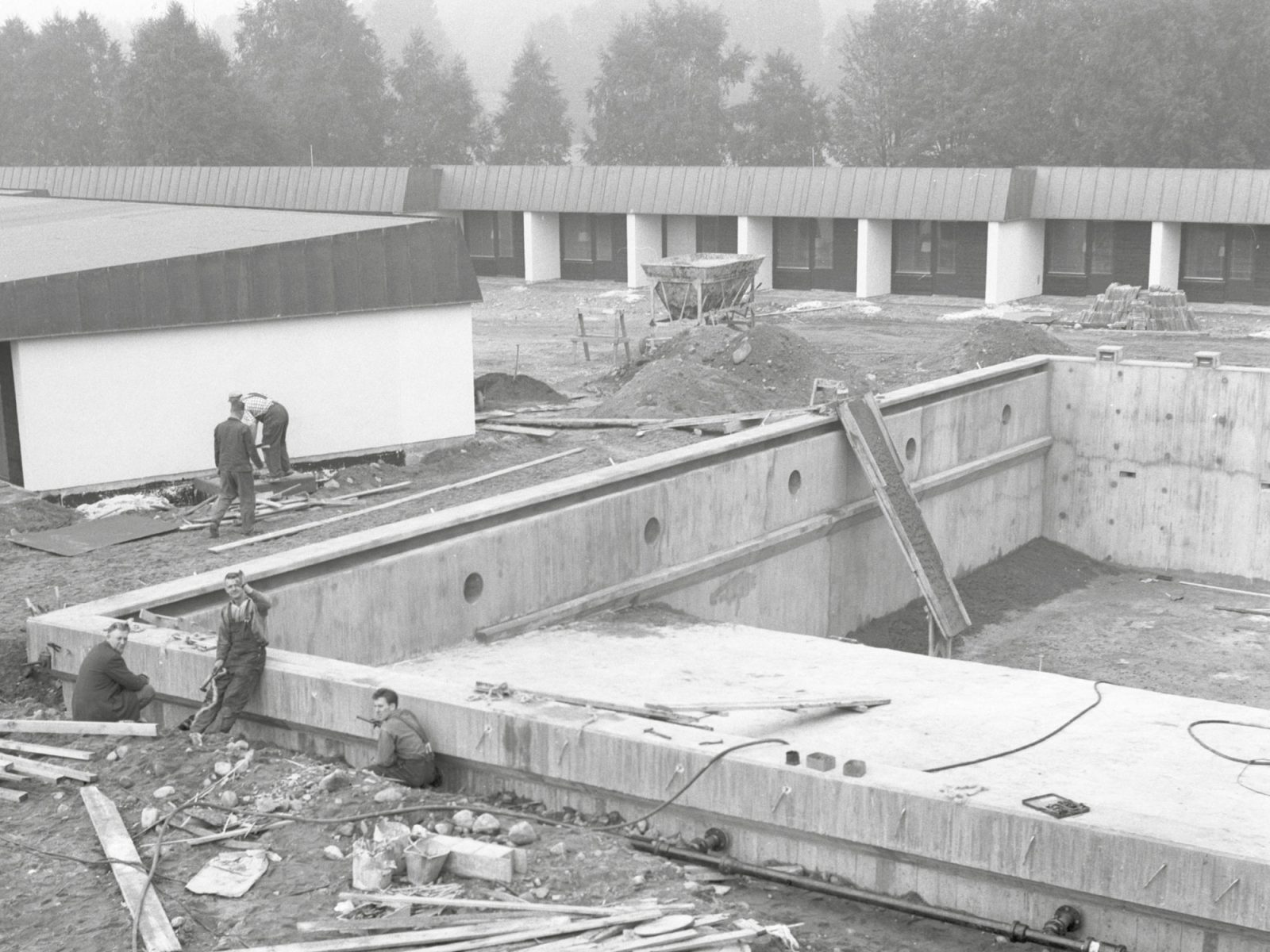
Construction began in 1962, but the ground proved to be soft and marshy, so the project took longer than expected. Installing the pump system for the pool involved digging in liquid mud, which is hard to keep out of the way when casting foundations. A 1962 notice in the info for IKEA staff – who were particularly looking forward to the pool – kept people’s hopes up. The writer promises that the building contractor is “…of an optimistic nature, and his co-workers appear to be stimulated by the challenges, so I think we’ll have a swimming pool in due course.” Not until almost two years later, in February 1964, could the magazine note: “Finally! After much grief and heartache, we can now give the motel a test run. … I wonder how many of us will get webbed feet eventually?”
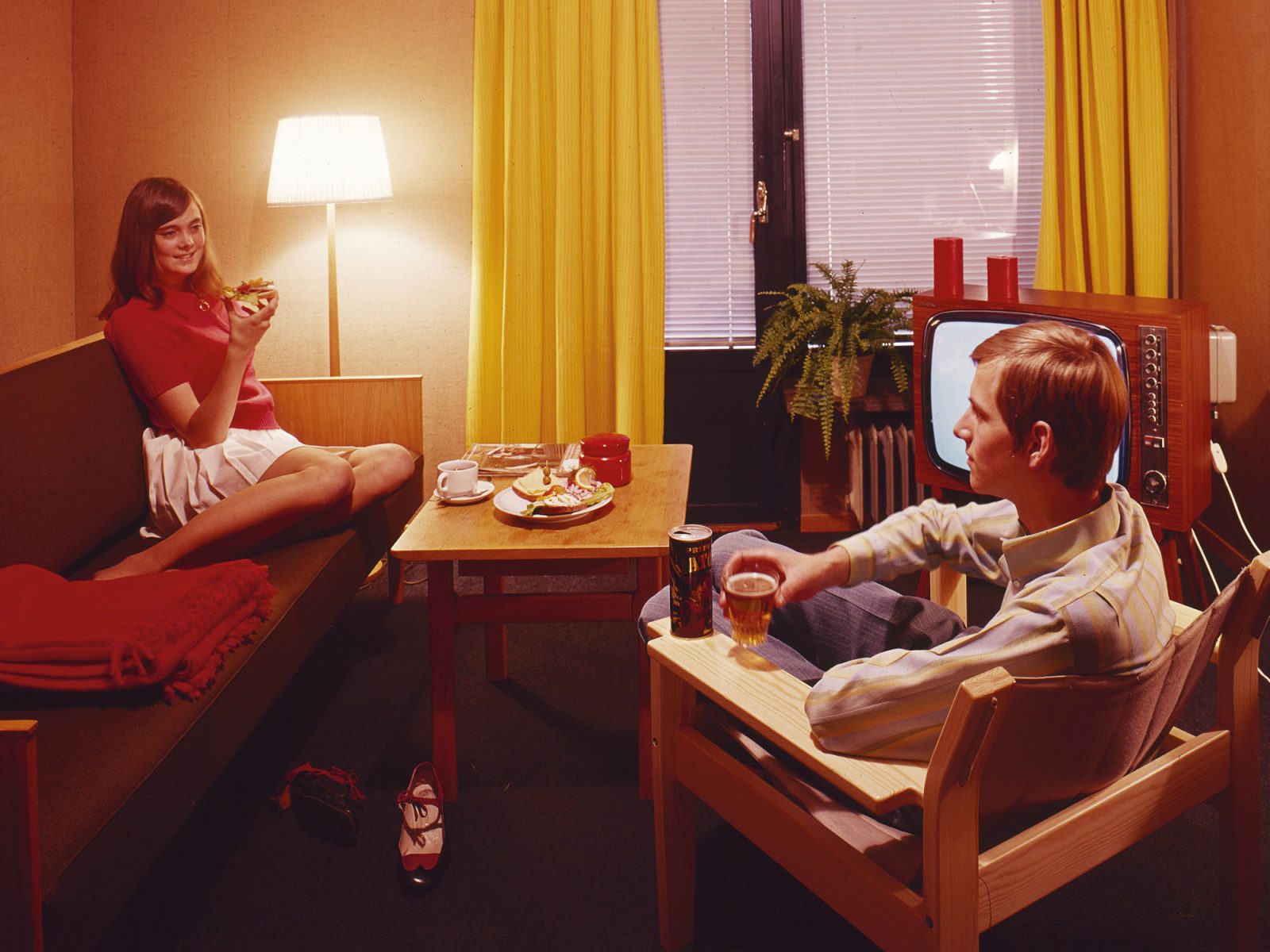
Synchronised and competition swimming
When the grand opening took place, on a beautiful summer’s day in August 1964, the motel had already been tested in secret for almost a year. The first guests had arrived in summer 1963, and the motel was often fully booked although neither the restaurant nor the pool was ready.
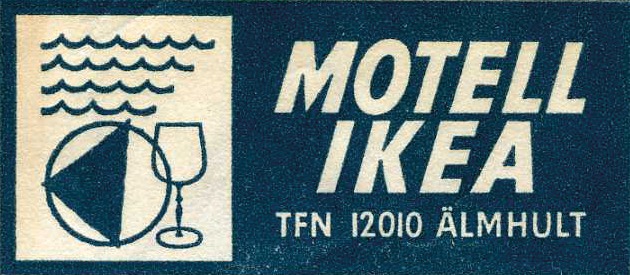
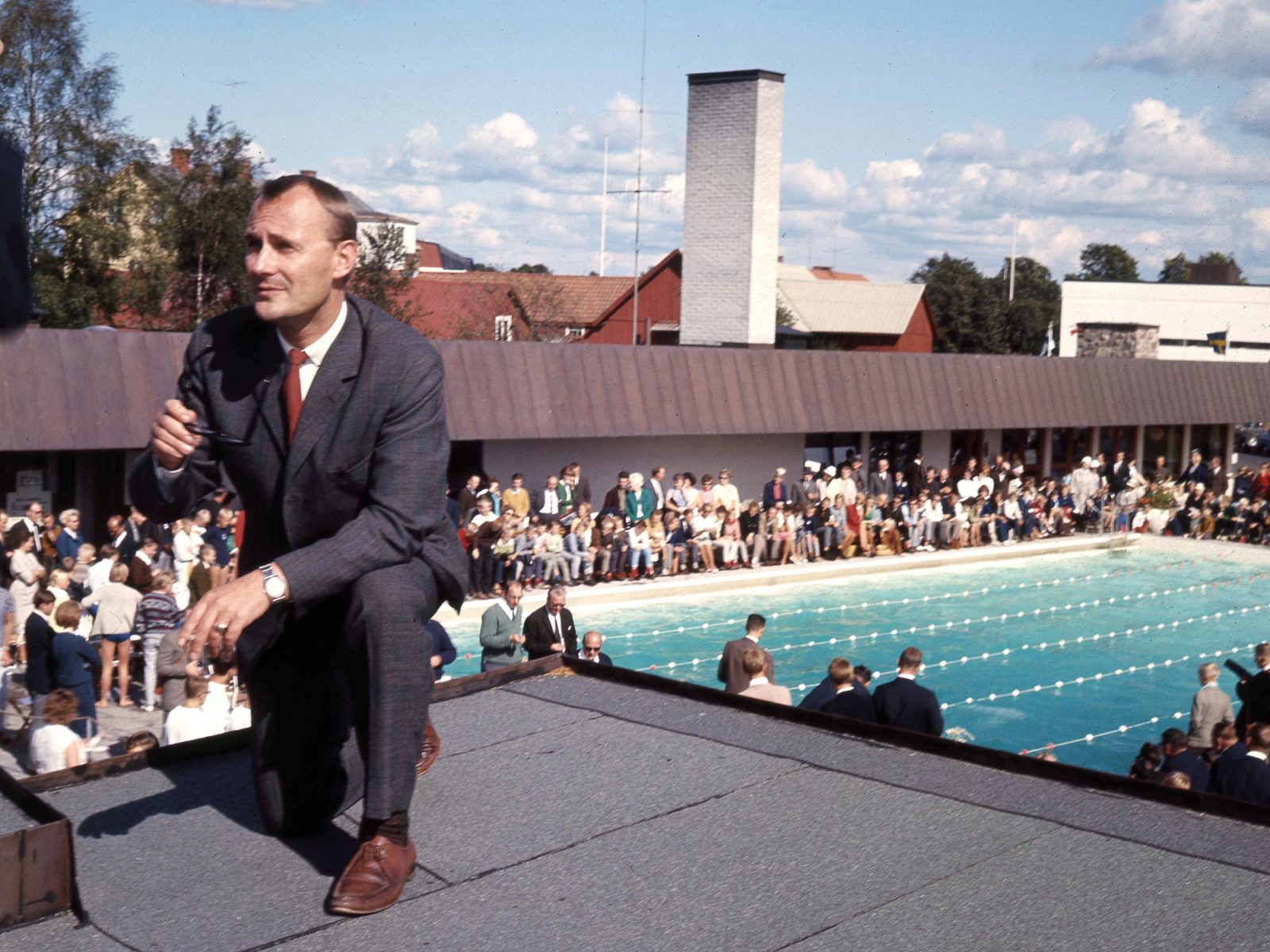
Now Ingvar Kamprad gave an opening speech before proudly taking invited guests and the press on a guided tour of the premises. In the pool there were swimming competitions and synchronised swimming. In the afternoon the general public were let in, so that locals and tourists could admire what was quite a unique place in those days. lngvar Kamprad himself said: “Älmhult now has a swimming pool that solves one of its leisure problems.”
Pool memories
One of the people who remembers the heated pool is Ingela Johansson, born and raised in Älmhult. She would later work in interior design for IKEA for almost 30 years, but in the 1960s she was learning to swim in the beautiful but cold lakes of Småland. “Our swimming teachers would stand on the jetties wearing fur coats, it was dark, gloomy and freezing,” says Ingela. “Swimming in the warm waters of the motel was just wonderful.”
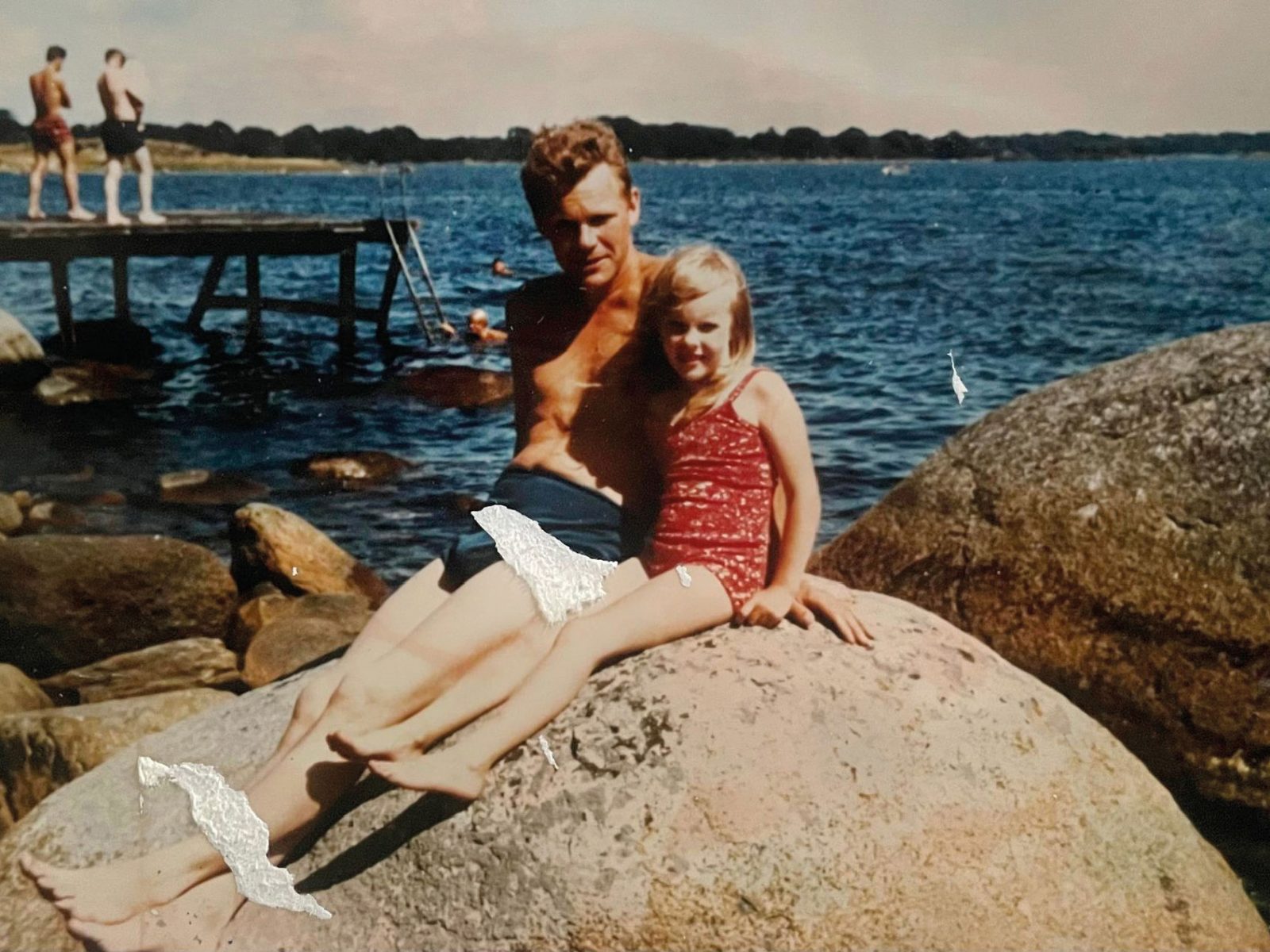

Like so many other children in Älmhult, Ingela and her best friend Ann Kristin spent many summers in the Motell IKEA pool. “Admission cost one krona (EUR 0.1),” she remembers. “Later on we had a multi-pass that was stamped at the small kiosk by the entrance. I had a red bathing costume and red clogs. I was just a kid and was really excited to see the older girls in their fashionable clothes and trendy patent leather boots.”
After a swim, Ingela would often go to the nearby IKEA store. In those days IKEA sold LPs. “Compilation albums like Top of the Pops were cheapest, so I bought those,” says Ingela. “I also spent a long time walking around looking at furniture, colours and designs. Even as a child I was very interested in interior design, and I rearranged the furniture in my room all the time.”
After these early experiences and impressions, Ingela later studied design and decoration and started working at IKEA right after graduating. What followed was a long international career as an interior designer at IKEA, often responsible for all the stores in a country. But Ingela’s first job at IKEA was as a teenager, at the store’s restaurant in Älmhult. “In comparison, the motel restaurant was much nicer, with white tablecloths and well-dressed staff,” says Ingela. She did not like the IKEA restaurant’s synthetic uniform. Worst of all was the “ugly head scarf”. The only time she and other staff from the store restaurant didn’t have to wear it was when they were helping at social events linked to the annual range presentation at IKEA.
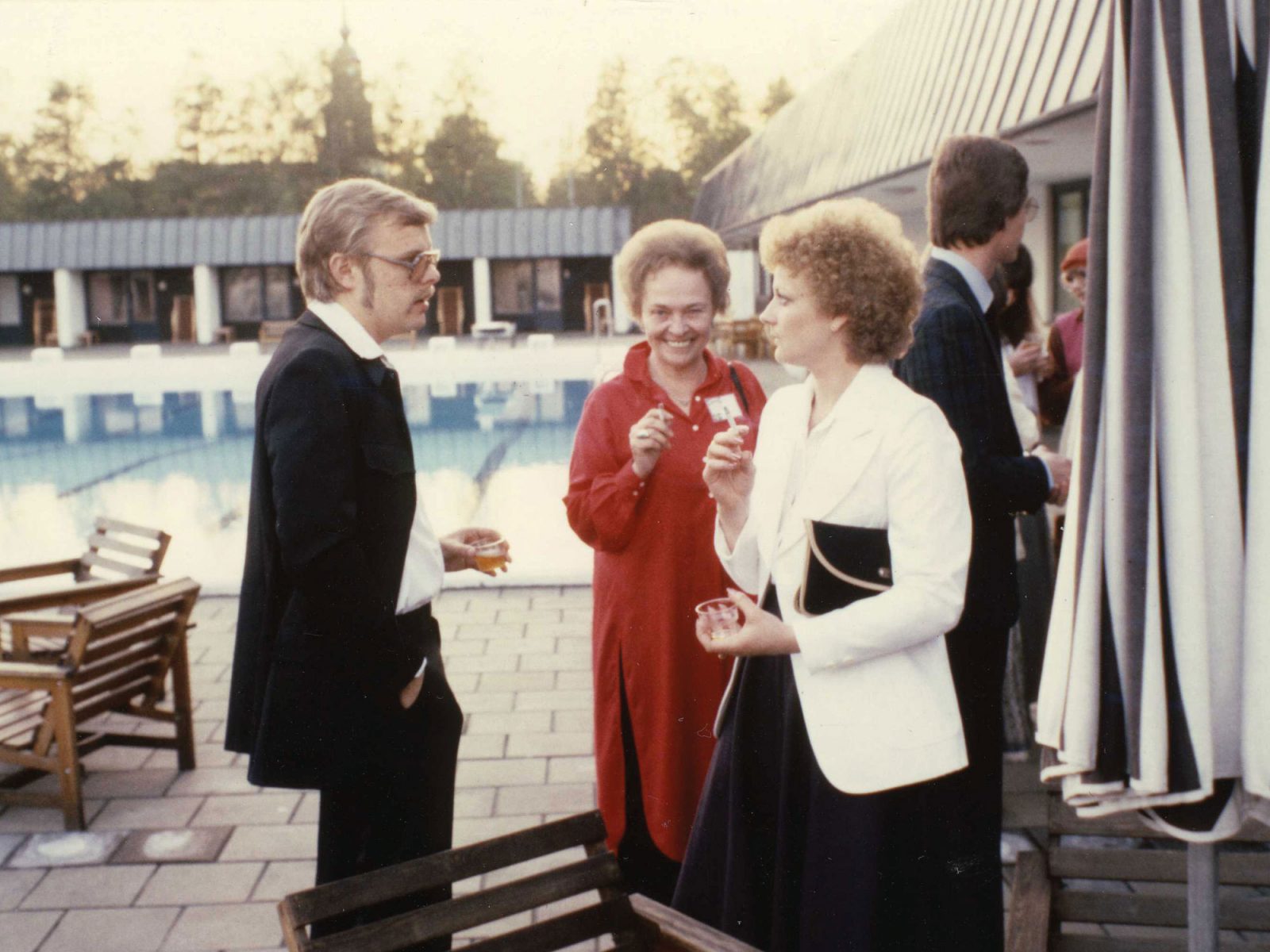
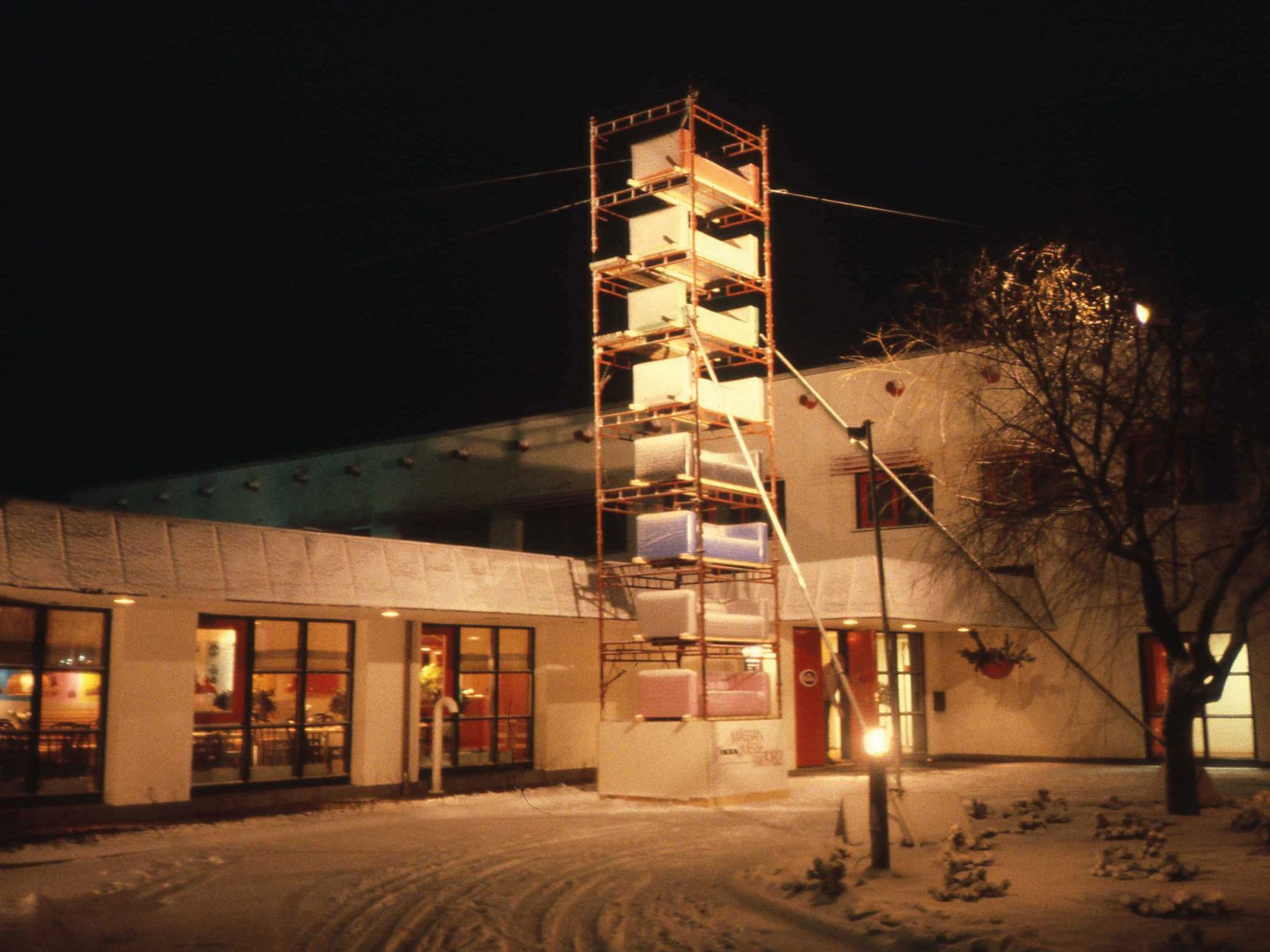
A wet press viewing
The range presentation was a kind of fair introducing the new IKEA range every year. By the early 1970s it had grown into a major event, attracting widespread interest and putting Älmhult on the map. It would fill the motel with journalists from Scandinavia, Germany, the Netherlands, and eventually other countries where IKEA opened stores.
For Ingela and her friends it was exciting to work at the social event at the motel, especially as they didn’t have to wear that awful head scarf. “We were so happy to get rid of that thing on our heads so we could look a bit prettier. I mean, imagine if a handsome international journalist turned up!” jokes Ingela, who used to run back and forth between the motel and pool with trays and glasses.
When darkness fell, many guests would end up in the pool in their suit or evening dress.
Ingela says that when darkness fell, many guests would end up in the pool in their suit or evening dress. Some were thrown in, and others went in voluntarily. This may well have been the first of many events and pool parties that were later organised, both by IKEA and local businesses. Swimming, music and dancing late into the night attracted a lot of people, making the motel a popular gathering-place for several decades. This was particularly true for IKEA co-workers, who enjoyed relaxing, socialising and juggling ideas away from the office.

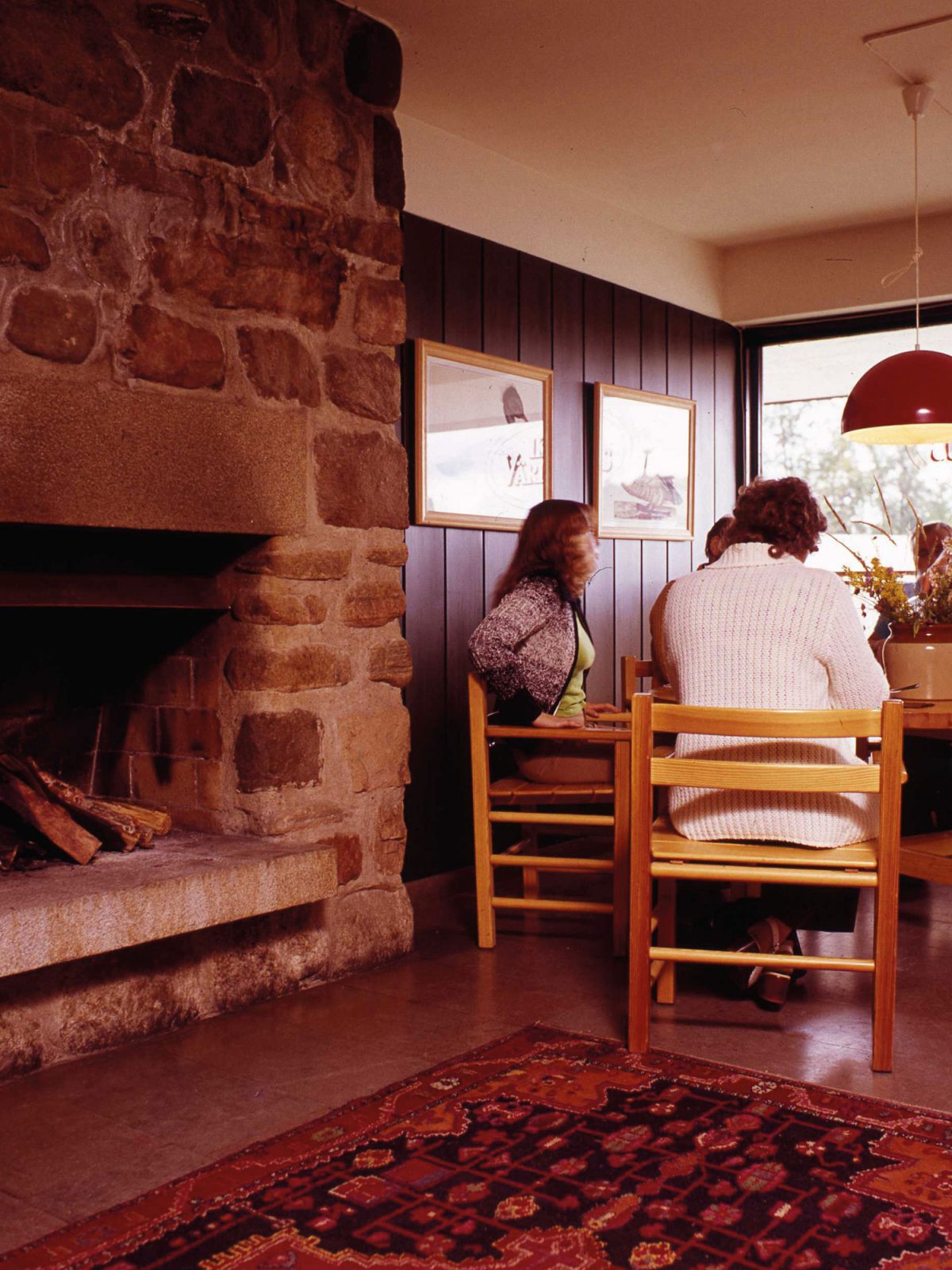
In 1974 the motel changed name to IKEA Värdshus. Motel was starting to feel old-fashioned, and Värdshus (which means Inn) was more contemporary. Perhaps the change was also a move away from the American feel to something cosier and more homely. Lennart Ekmark, design manager for IKEA at the time and responsible for the motel renovations, even installed an old iron stove in the dining room to create the right atmosphere.
Hotel with a capital H
For almost 60 years, IKEA in Älmhult has been welcoming overnight guests from near and far, serving meatballs, making beds, and providing a natural meeting-place. Over the years there have been various extensions and remodellings, to meet the changing needs of travellers. In 2003, the last of the two original American-type rows of rooms was demolished, to make way for modern hotel rooms. The pool, almost 40 years old by then, had become worn out and expensive to maintain. So it was filled in and turned into a green courtyard, with a small cottage and some growing patches.
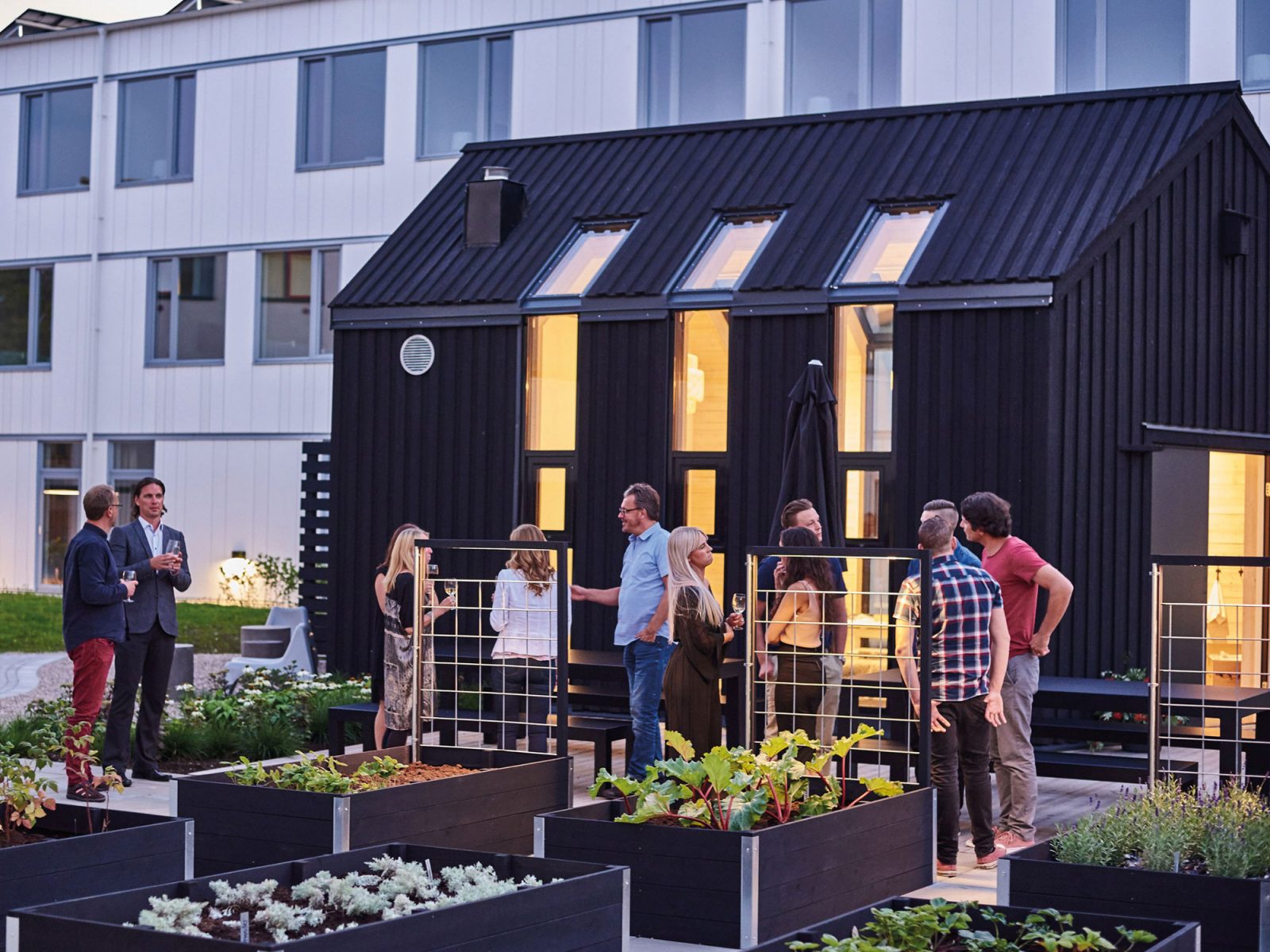
2016 again saw some extensive remodelling and a change of name, from IKEA Värdshus to IKEA Hotell. What started out as 25 rooms with their own parking space is today a contemporary hotel for business travellers and families alike. With 254 rooms and one kitchen it is not the biggest hotel in the world, but it is the only IKEA hotel in the world. Just a stone’s throw away is IKEA Museum, which opened in 2016 in the building that was once the first IKEA store.
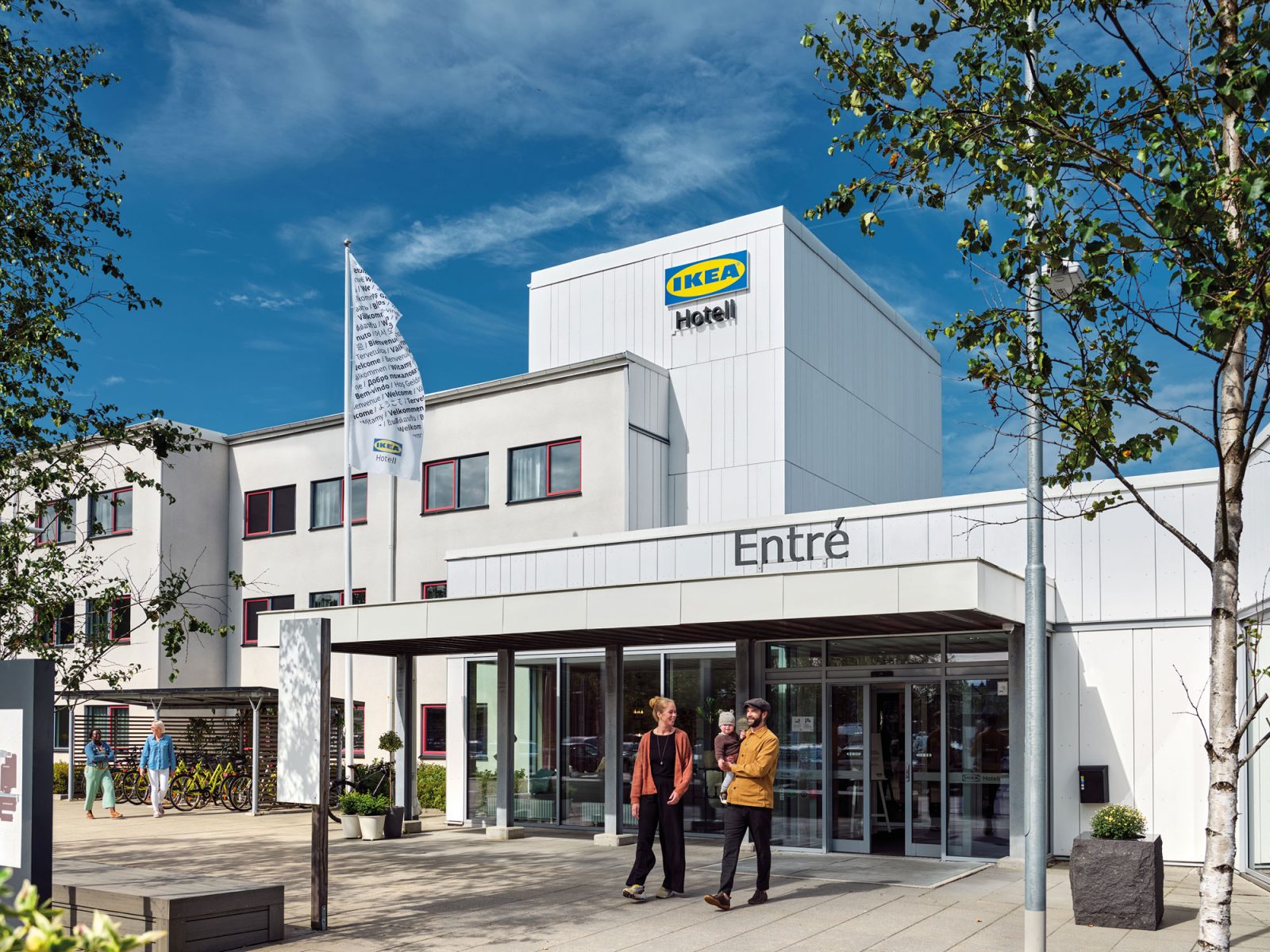
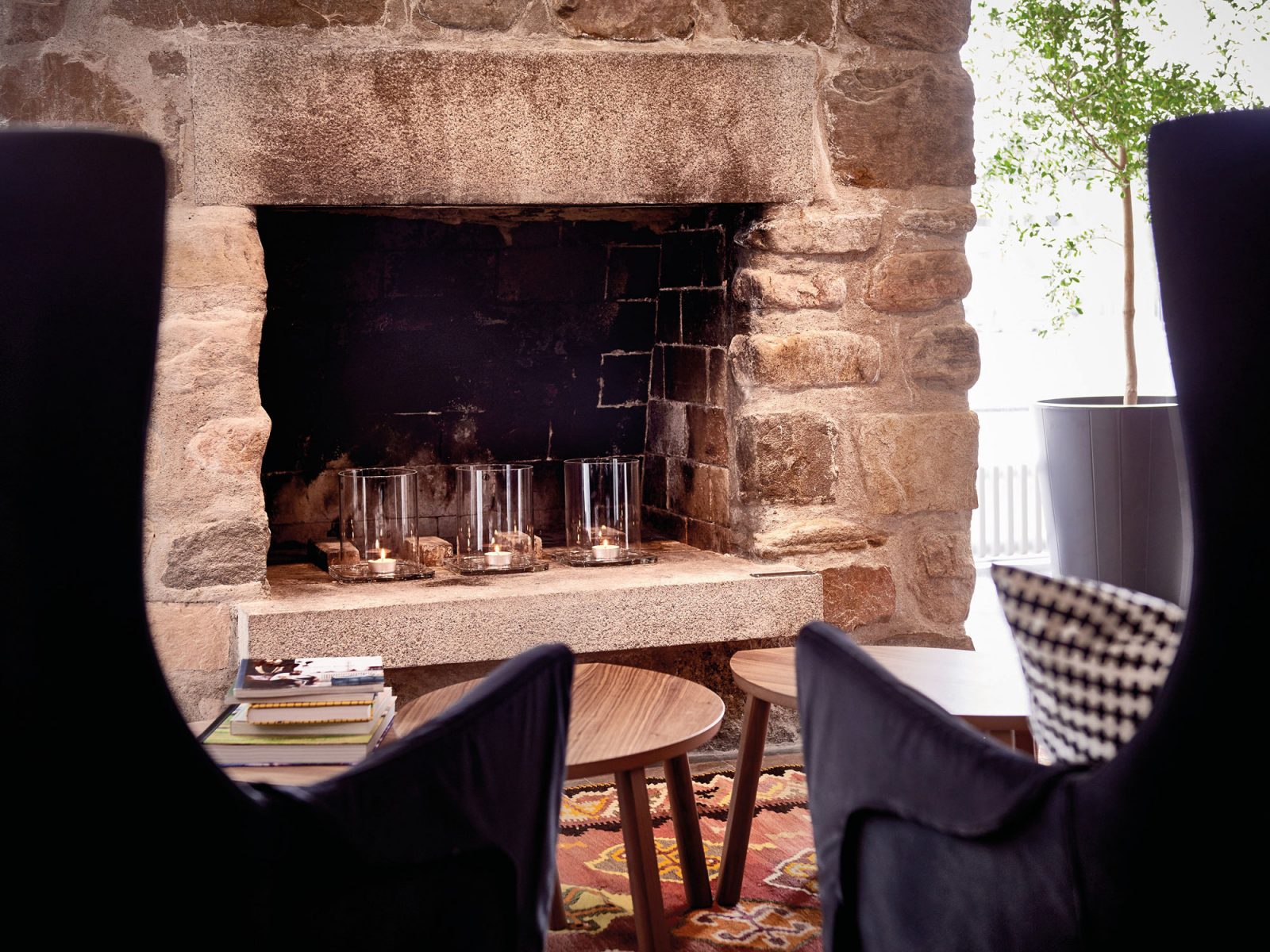

Today’s IKEA Hotell still bears traces of the original building from 1964, such as the open fireplace in natural stone, and the limestone floor in the restaurant. Other parts have been reused, such as the copper sheeting that adorned the facade, now part of the reception desk in the lobby. The original ambition, to offer temporary accommodation with a homely feel and warm, friendly service at low prices, is of course still there. The site of the swimming pool is now a lush, tranquil courtyard with room for conversation and relaxation. Shut your eyes, and maybe you’ll hear the sound of splashing and children’s laughter, even catch a faint smell of chlorine.

